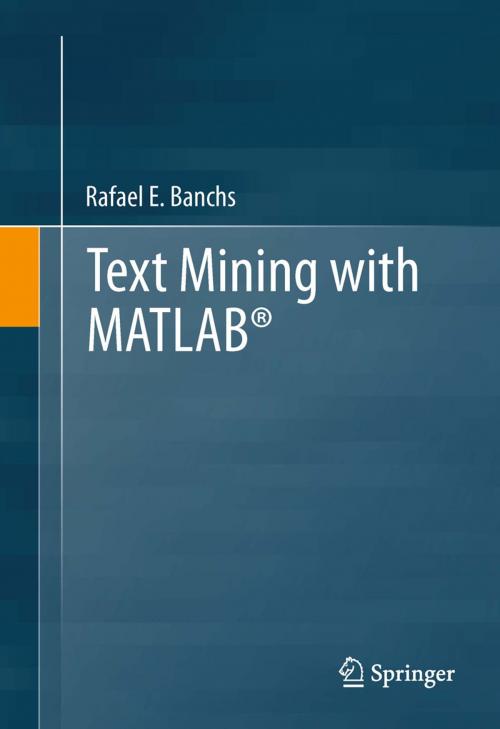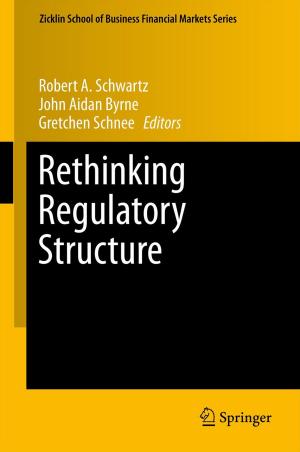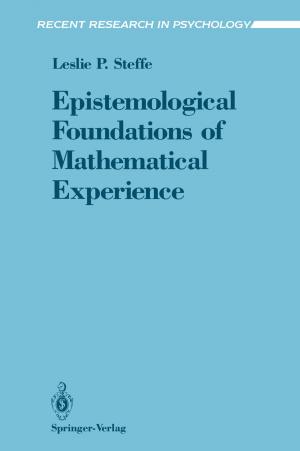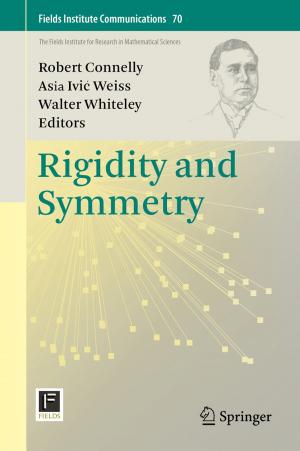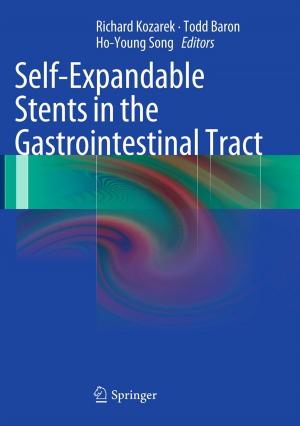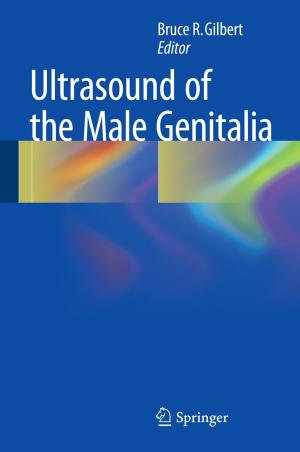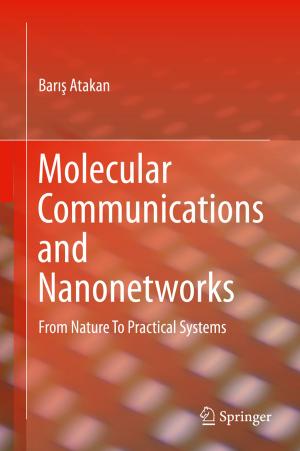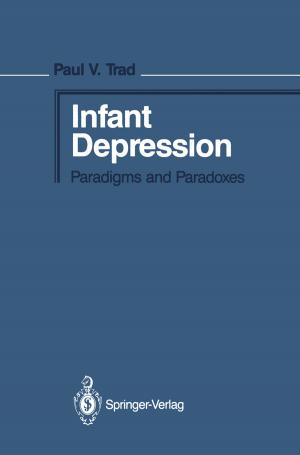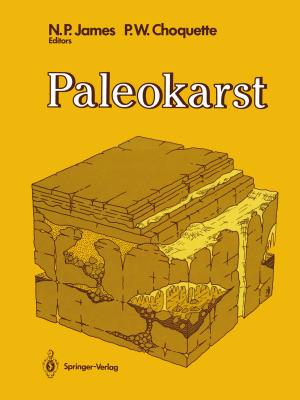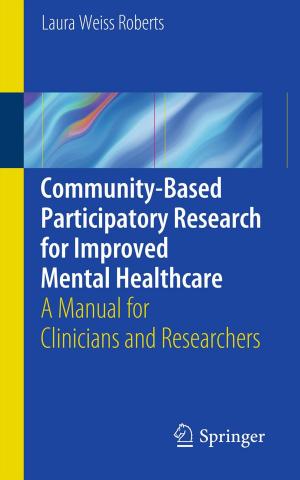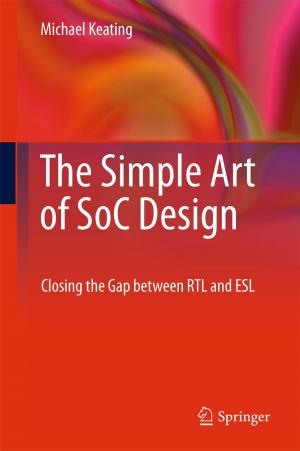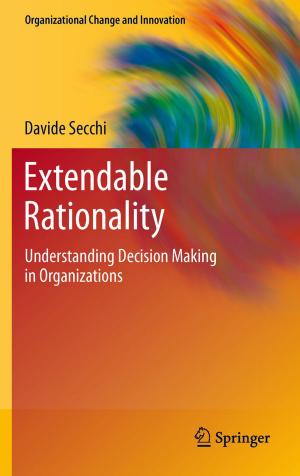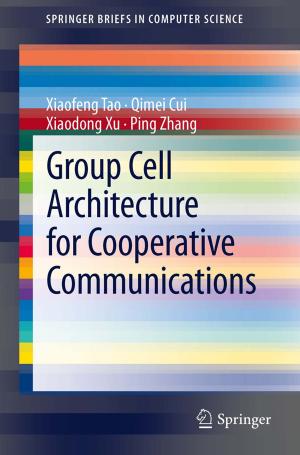Text Mining with MATLAB®
Nonfiction, Computers, Database Management, Data Processing, General Computing| Author: | Rafael E. Banchs | ISBN: | 9781461441519 |
| Publisher: | Springer New York | Publication: | August 14, 2012 |
| Imprint: | Springer | Language: | English |
| Author: | Rafael E. Banchs |
| ISBN: | 9781461441519 |
| Publisher: | Springer New York |
| Publication: | August 14, 2012 |
| Imprint: | Springer |
| Language: | English |
Text Mining with MATLAB provides a comprehensive introduction to text mining using MATLAB. It’s designed to help text mining practitioners, as well as those with little-to-no experience with text mining in general, familiarize themselves with MATLAB and its complex applications.
The first part provides an introduction to basic procedures for handling and operating with text strings. Then, it reviews major mathematical modeling approaches. Statistical and geometrical models are also described along with main dimensionality reduction methods. Finally, it presents some specific applications such as document clustering, classification, search and terminology extraction.
All descriptions presented are supported with practical examples that are fully reproducible. Further reading, as well as additional exercises and projects, are proposed at the end of each chapter for those readers interested in conducting further experimentation.
Text Mining with MATLAB provides a comprehensive introduction to text mining using MATLAB. It’s designed to help text mining practitioners, as well as those with little-to-no experience with text mining in general, familiarize themselves with MATLAB and its complex applications.
The first part provides an introduction to basic procedures for handling and operating with text strings. Then, it reviews major mathematical modeling approaches. Statistical and geometrical models are also described along with main dimensionality reduction methods. Finally, it presents some specific applications such as document clustering, classification, search and terminology extraction.
All descriptions presented are supported with practical examples that are fully reproducible. Further reading, as well as additional exercises and projects, are proposed at the end of each chapter for those readers interested in conducting further experimentation.
